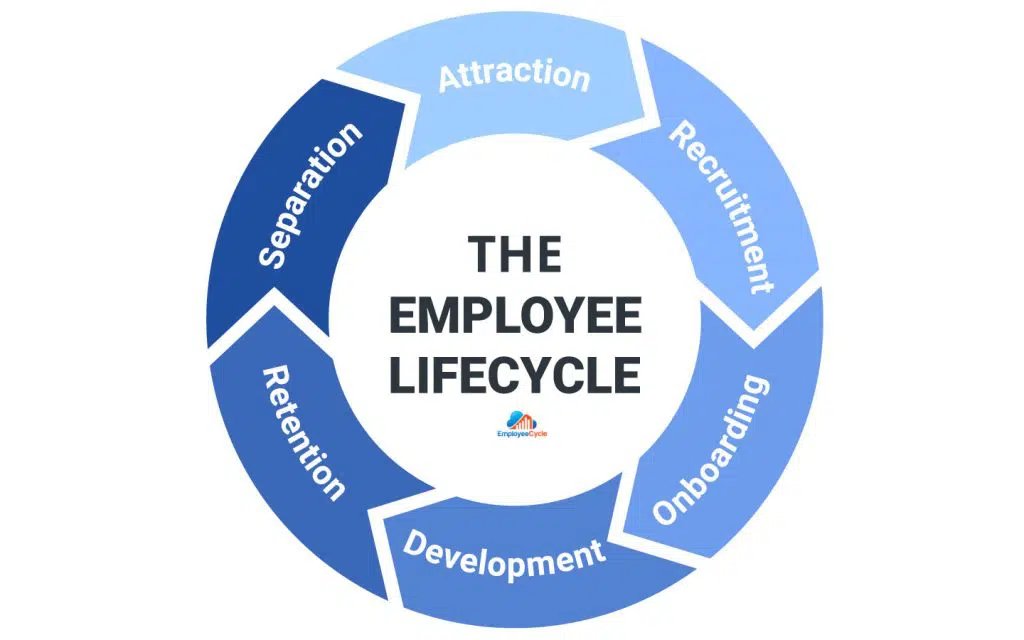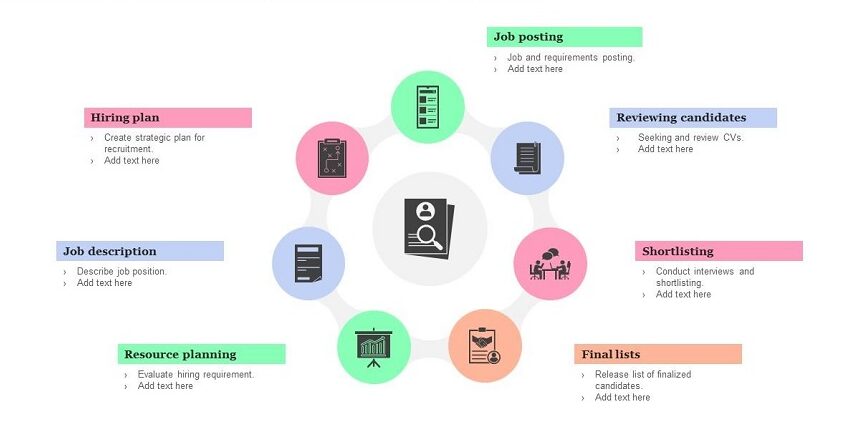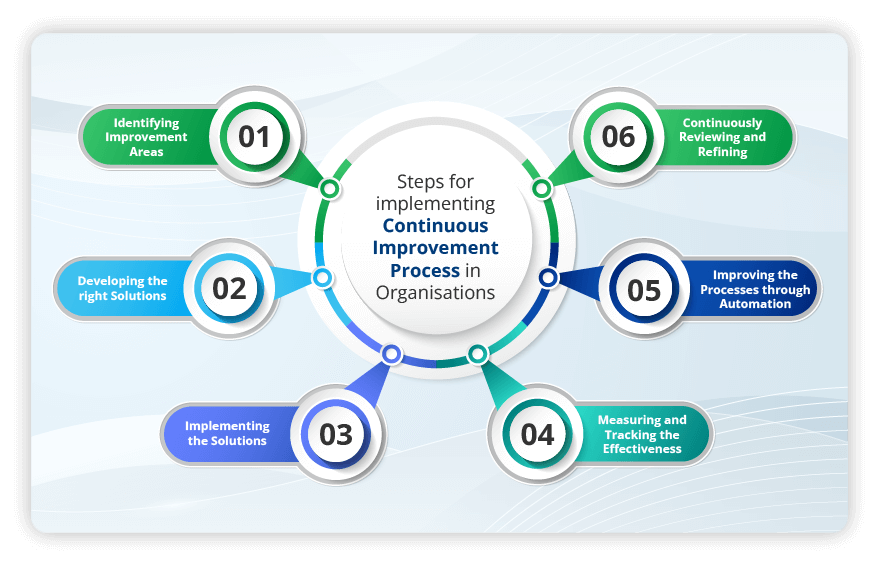What Are HR Processes?
HR processes are the strategic methods and procedures that HR professionals use to manage the entire employee lifecycle, from recruitment to offboarding. These processes are designed to optimize employee productivity, ensure compliance with labor regulations, and contribute to the achievement of organizational objectives.

Key Characteristics of HR Processes:
- They encompass acquiring, developing, and retaining human resources
- They involve ongoing monitoring and support of employees
- They significantly impact an organization’s operational costs, as staff often represent a large portion of expenses
Why HR Processes Matter
HR processes are not just administrative tasks; they are the lifeblood of an organization, vital for its overall health and success. Well-managed HR processes can:
- Boost employee productivity
- Enhance retention rates
- Improve employee engagement
- Foster a positive company culture
- Ensure legal compliance
- Drive strategic business goals
Core HR Processes
While HR responsibilities can vary depending on the organization’s size and industry, there are several core processes that form the foundation of effective human resource management. Let’s explore each detail:
1. Recruitment and Selection
The recruitment and selection process is critical for sourcing and securing top talent for your organization. This process typically includes:
- Job analysis and creating job descriptions
- Sourcing candidates through various channels (job boards, social media, employee referrals)
- Screening applications and resumes
- Conducting interviews (phone screens, in-person interviews, panel interviews)
- Administering assessments or skills tests
- Checking references and conducting background checks
- Making job offers and negotiating terms
Pro Tip: Leverage recruitment HR software to streamline your hiring process and ensure you don’t miss out on top talent.
2. Onboarding
Effective onboarding is crucial for setting new employees up for success and increasing retention rates. A comprehensive onboarding process should include:
- Preparing necessary paperwork and equipment before the employee’s first day
- Providing a warm welcome and introduction to the team
- Offering a thorough orientation to the company’s culture, policies, and procedures
- Setting clear expectations and goals for the role
- Assigning a mentor or buddy to support the new hire helps them acclimate to the organization and ensures a smoother onboarding experience.
- Scheduling regular check-ins during the first few months

3. Performance Management
Performance management is an ongoing process that helps align employee performance with organizational goals. Key components include:
- Setting clear performance expectations and goals
- Providing regular feedback and coaching
- Conducting formal performance reviews
- Identifying areas for improvement and development
- Recognizing and rewarding good performance
- Addressing performance issues promptly and fairly
4. Learning and Development
Investing in employee learning and development is crucial for maintaining a skilled workforce and improving retention. This process involves:
- Identifying skill gaps and training needs
- Designing and delivering training programs
- Providing opportunities for professional development
- Offering mentoring and coaching programs
- Supporting employees in pursuing relevant certifications or further education
5. Compensation and Benefits
Offering a competitive salary and benefits package is key to drawing in and keeping top talent. This process includes:
- Conducting salary benchmarking and market analysis
- Developing fair and competitive pay structures
- Designing and administering employee benefits programs
- Managing annual salary reviews and increases
- Ensuring compliance with wage and hour laws
6. Employee Relations
Fostering positive employee relations is crucial for establishing a harmonious and productive work environment. This involves:
- Developing and communicating workplace policies
- Addressing employee concerns and grievances
- Managing conflicts and disciplinary procedures
- Promoting diversity, equity, and inclusion
- Organizing employee engagement activities and initiatives
7. HR Planning and Analytics
Strategic HR planning aligns human resources with the organization’s objectives, ensuring that they support overall goals effectively.This process involves:
- Analyzing current workforce capabilities
- Forecasting future talent needs
- Developing succession plans for key roles
- Using HR analytics to inform decision-making
- Aligning HR strategies with business objectives
8. Compliance and Risk Management
Ensuring compliance with labor laws and managing HR-related risks is crucial for protecting the organization. This process includes:
- Staying up-to-date with employment laws and regulations
- Developing and enforcing HR policies and procedures
- Conducting internal audits to ensure compliance
- Managing employee data privacy and security
- Addressing workplace safety concerns
9. Offboarding
A well-managed offboarding process is important for maintaining a positive employer brand and ensuring a smooth transition when employees leave. This process should include:
- Conducting exit interviews to gather feedback
- Managing knowledge transfer
- Recovering company property
- Processing final pay and benefits
- Maintaining positive relationships with departing employees
Optimizing HR Processes
To maximize the effectiveness of HR processes, consider the following strategies:
- Embrace HR Technology: Leverage the best HR software and tools to automate routine tasks, improve accuracy, and free up time for strategic initiatives.
- Foster a Data-Driven Approach: Use HR analytics to gain insights, make informed decisions, and demonstrate the impact of HR initiatives on business outcomes.
- Prioritize Employee Experience: Design HR processes with the employee experience in mind, making them user-friendly and efficient.
- Continuously Improve: Regularly review and update HR processes to ensure they remain aligned with organizational goals and best practices.
- Promote Transparency: Clearly communicate HR processes to employees, ensuring they understand how decisions are made and what to expect.
- Encourage Feedback: Seek input from employees and managers on HR processes and use this feedback to drive improvements.

The Future of HR Processes
As the business landscape shifts, HR processes must evolve to address emerging challenges and seize new opportunities. Some trends shaping the future of HR processes include:
- Increased use of artificial intelligence and machine learning in HR decision-making
- Greater focus on employee wellbeing and work-life balance
- Rise of remote and hybrid work models
- Emphasis on agile and flexible HR practices
- The increasing significance of diversity, equity, and inclusion initiatives
By staying ahead of these trends and continuously optimizing HR processes, organizations can build a strong foundation for success in the ever-changing world of work.
Conclusion
HR processes are the backbone of successful organizations, playing a crucial role in attracting, developing, and retaining top talent. By understanding and optimizing these core processes, HR professionals can drive employee engagement, productivity, and overall business success. As the workplace continues to evolve, it’s essential for HR teams to remain agile, embrace technology, and continuously improve their processes to meet the changing needs of both employees and the organization.
Remember, effective HR processes are not just about managing paperwork – they’re about creating a positive employee experience, fostering a strong company culture, and ultimately contributing to the achievement of organizational goals. By investing in robust HR processes, you’re investing in the future success of your organization.





